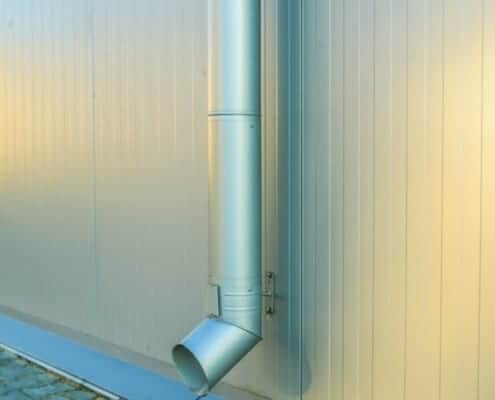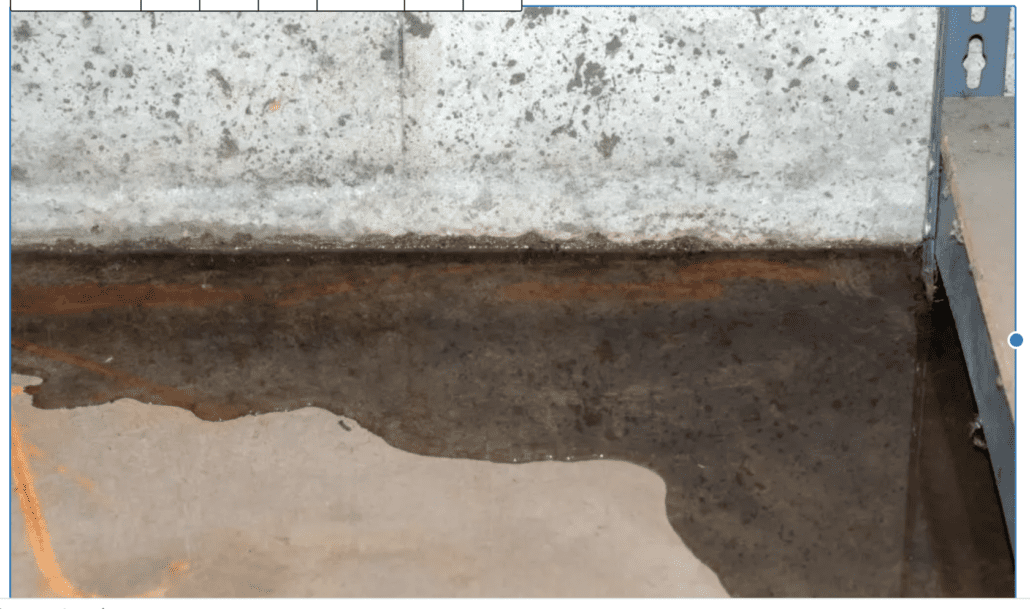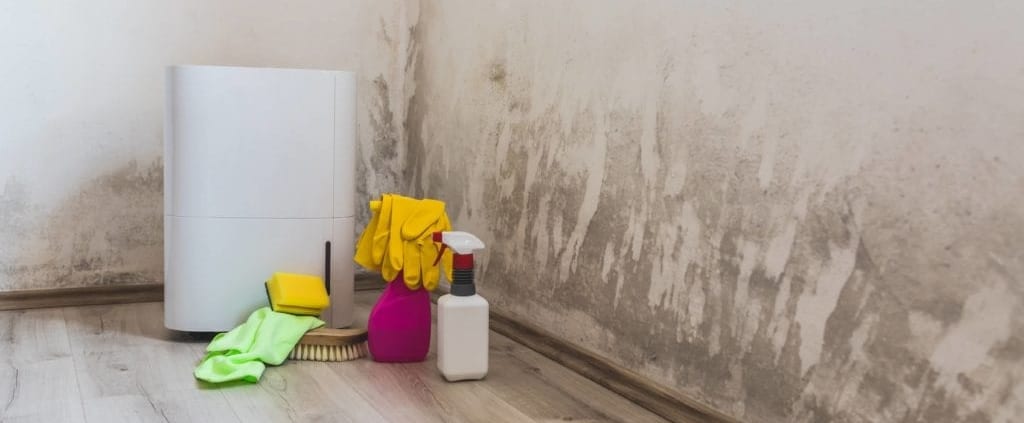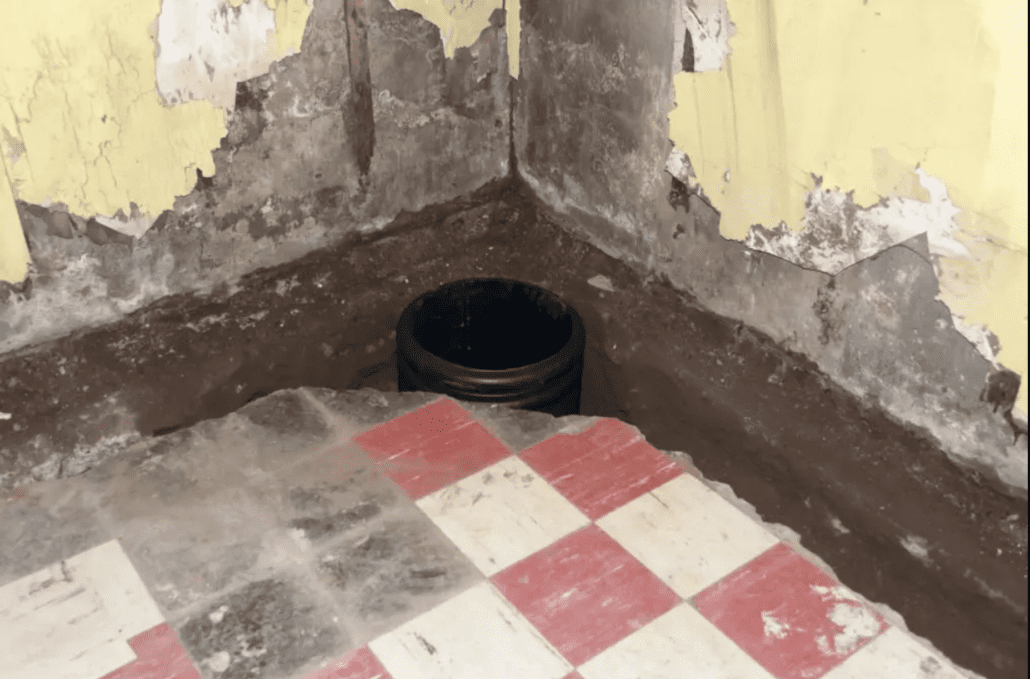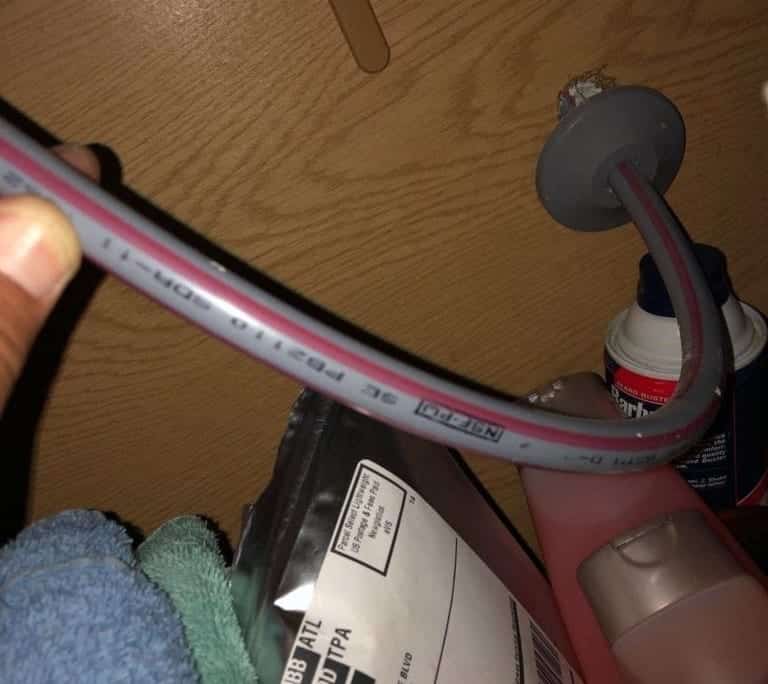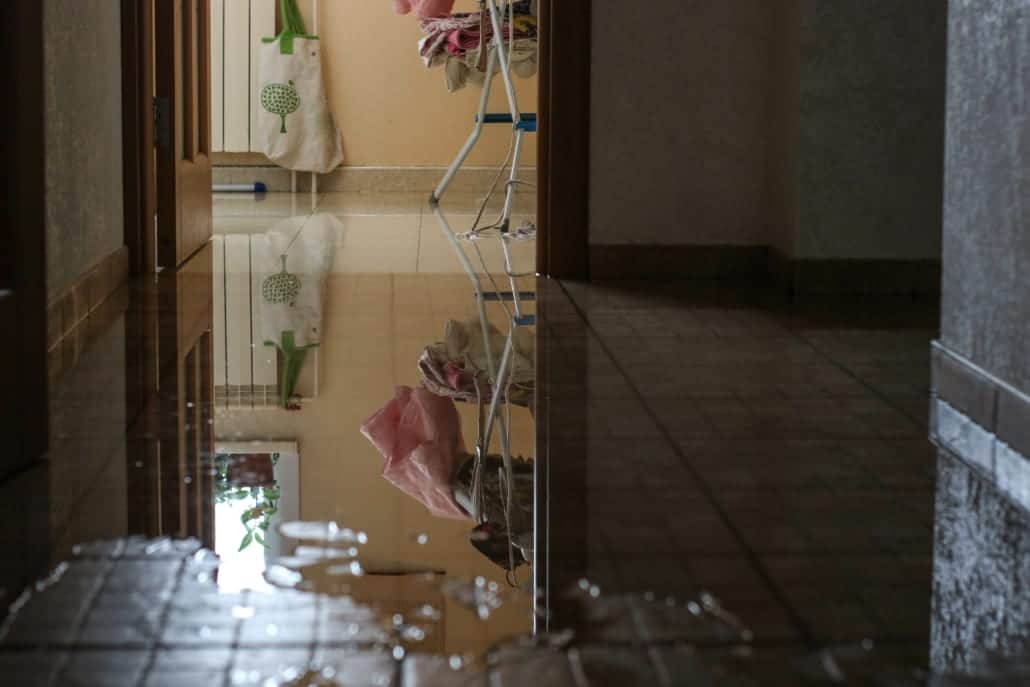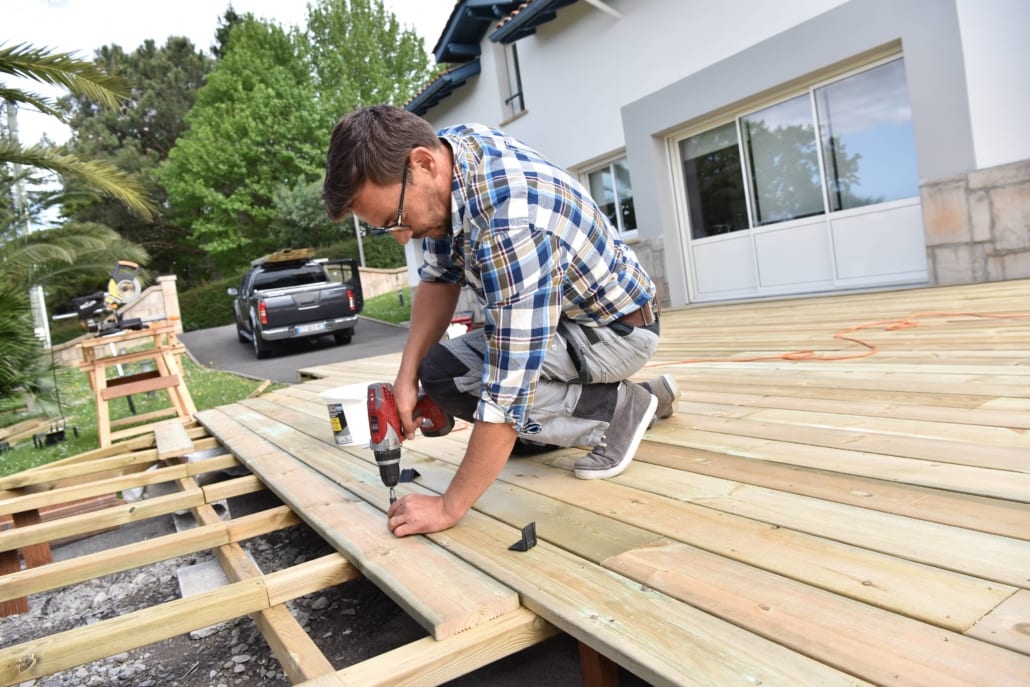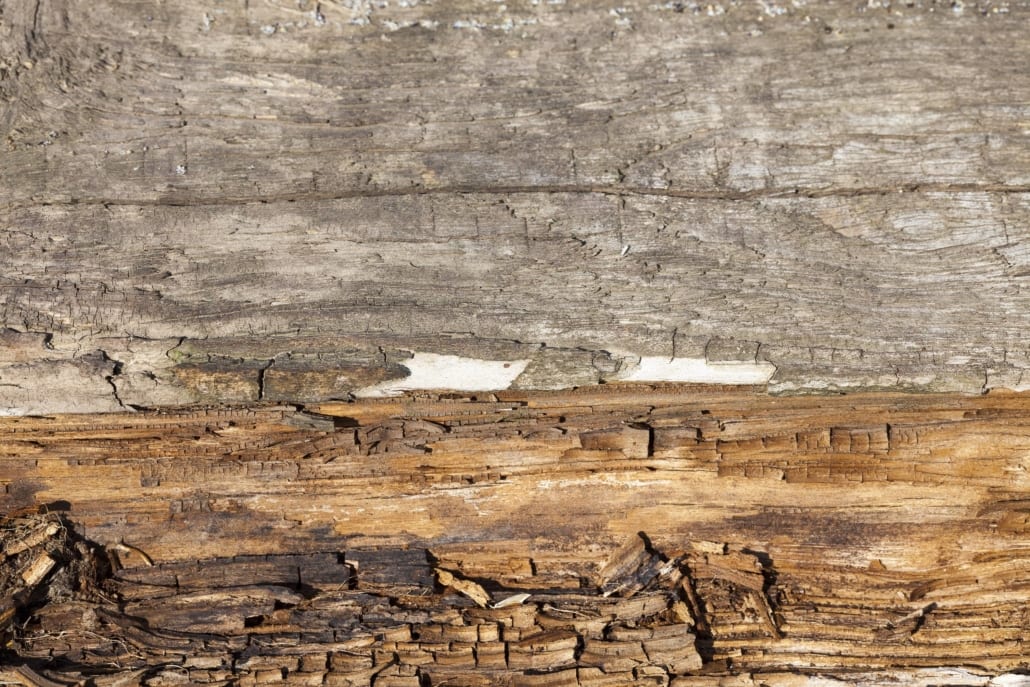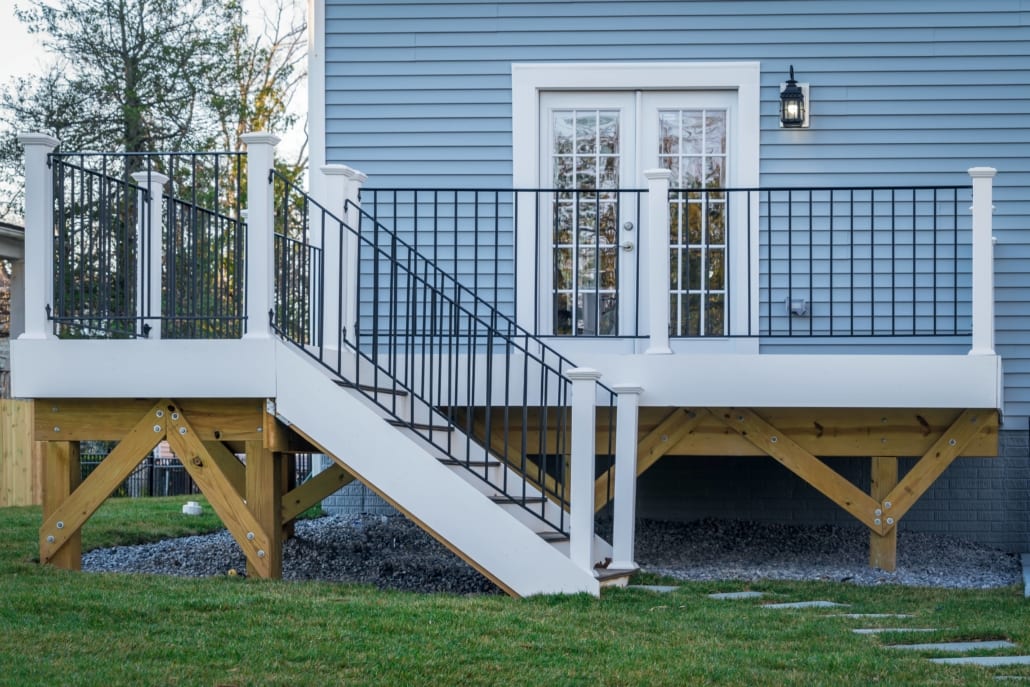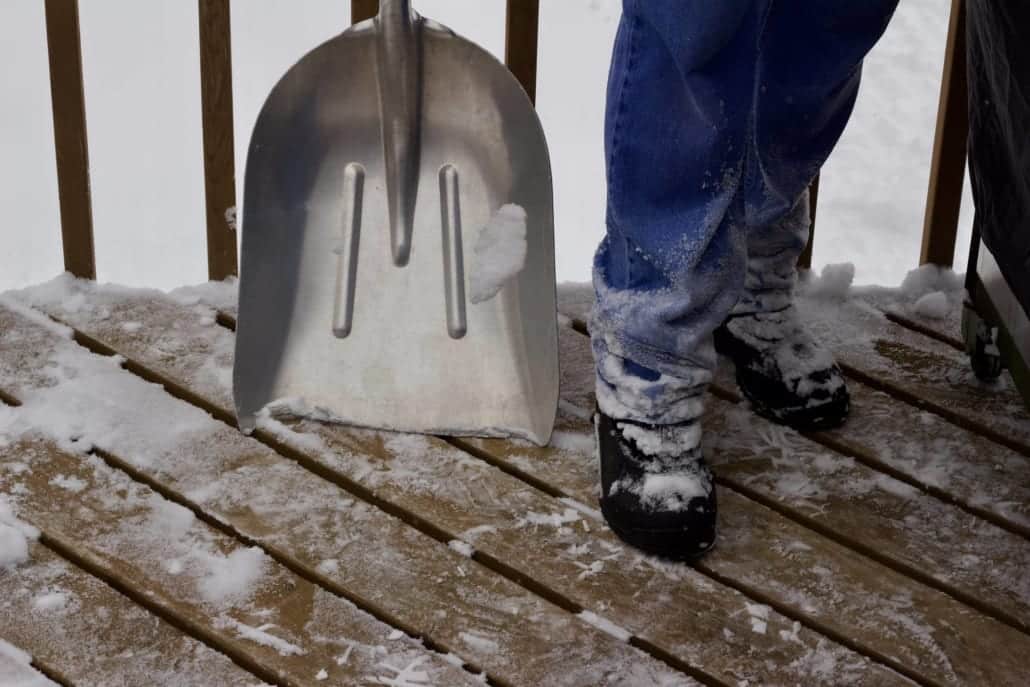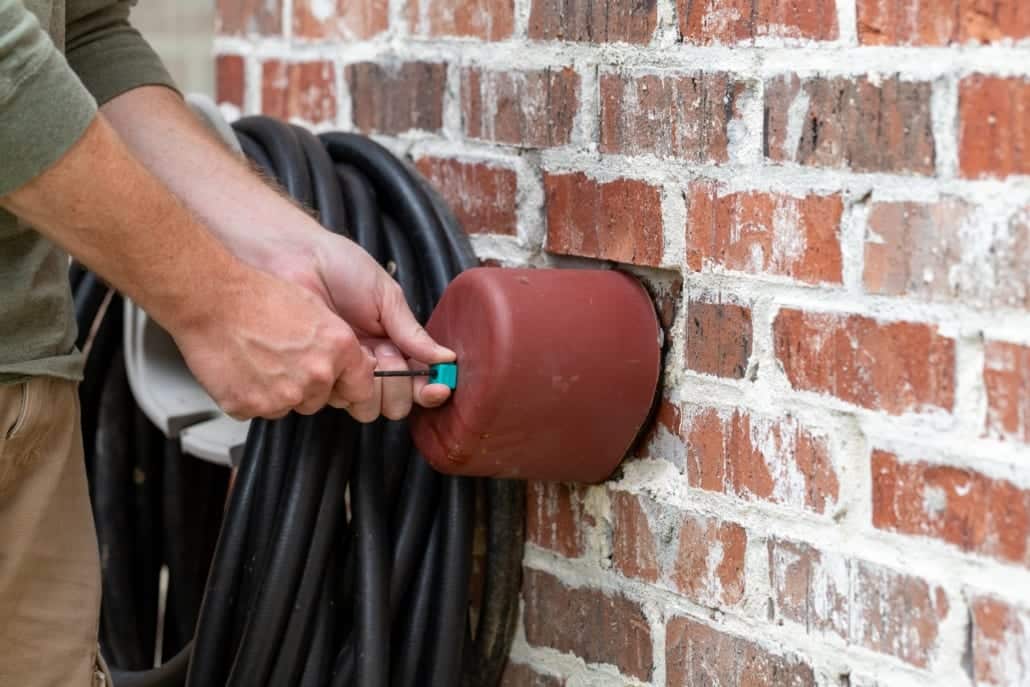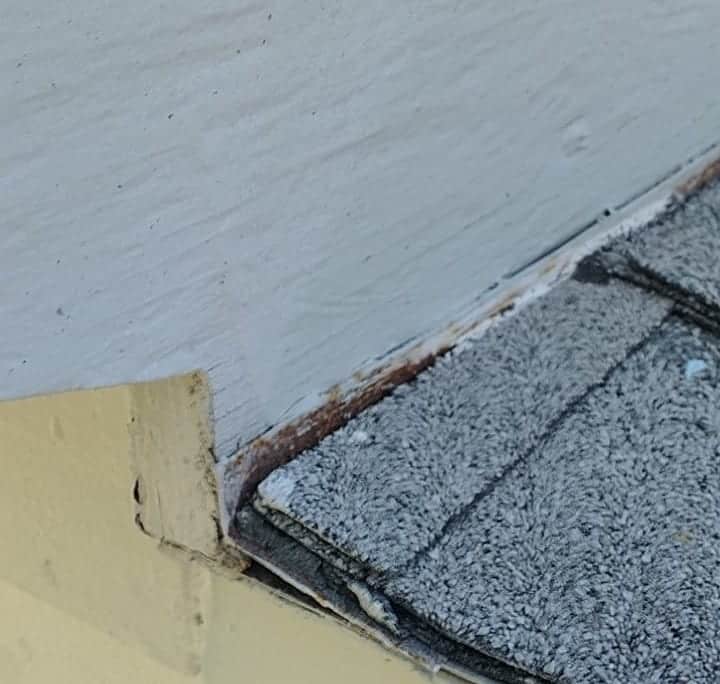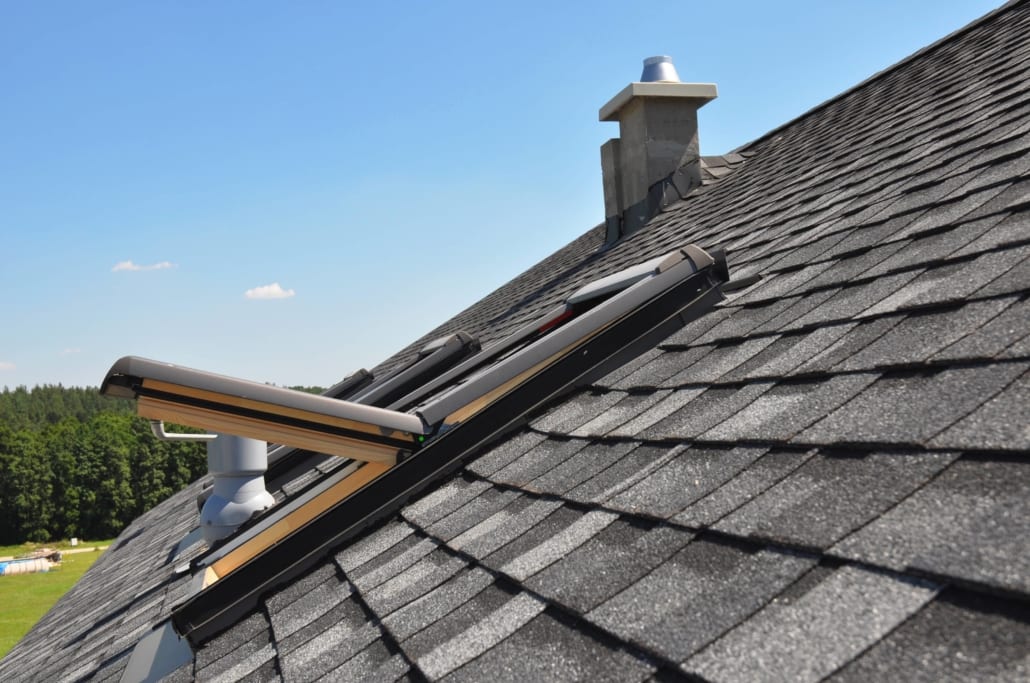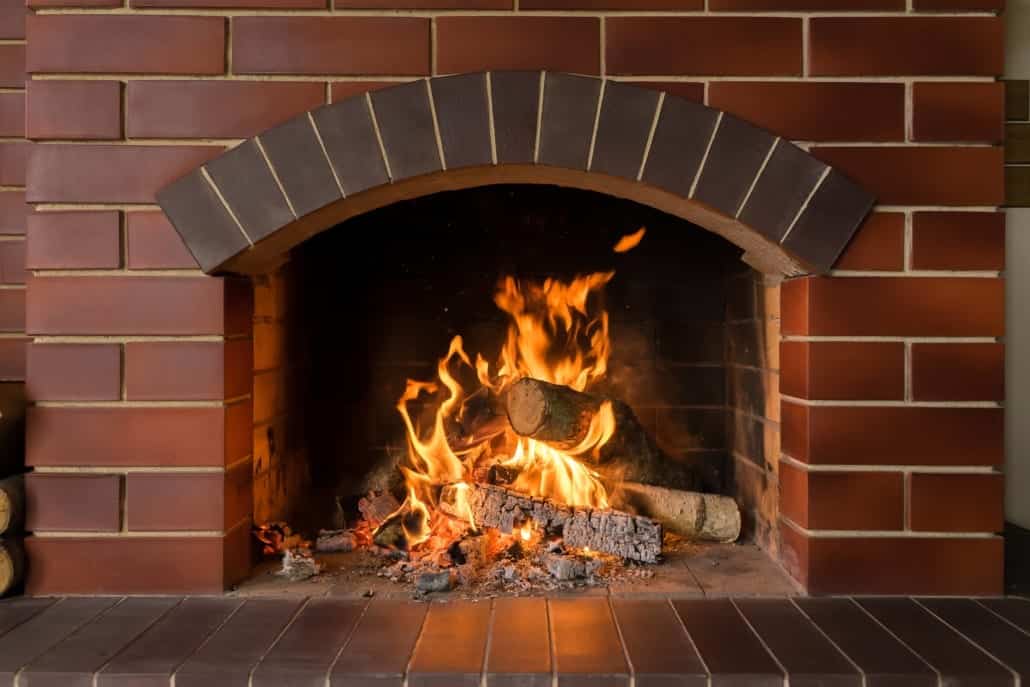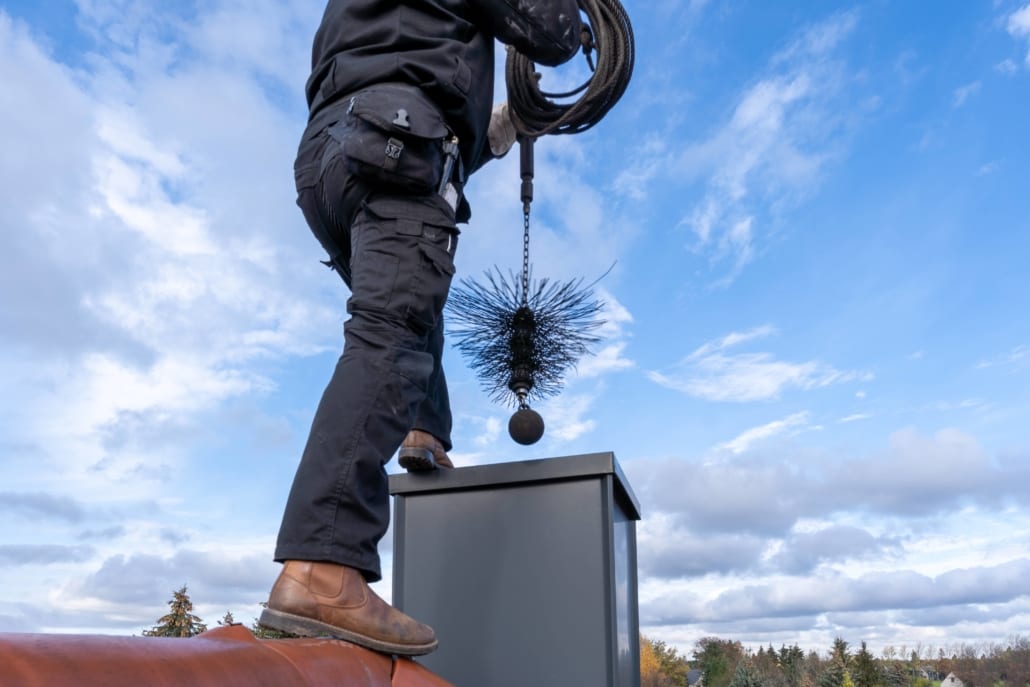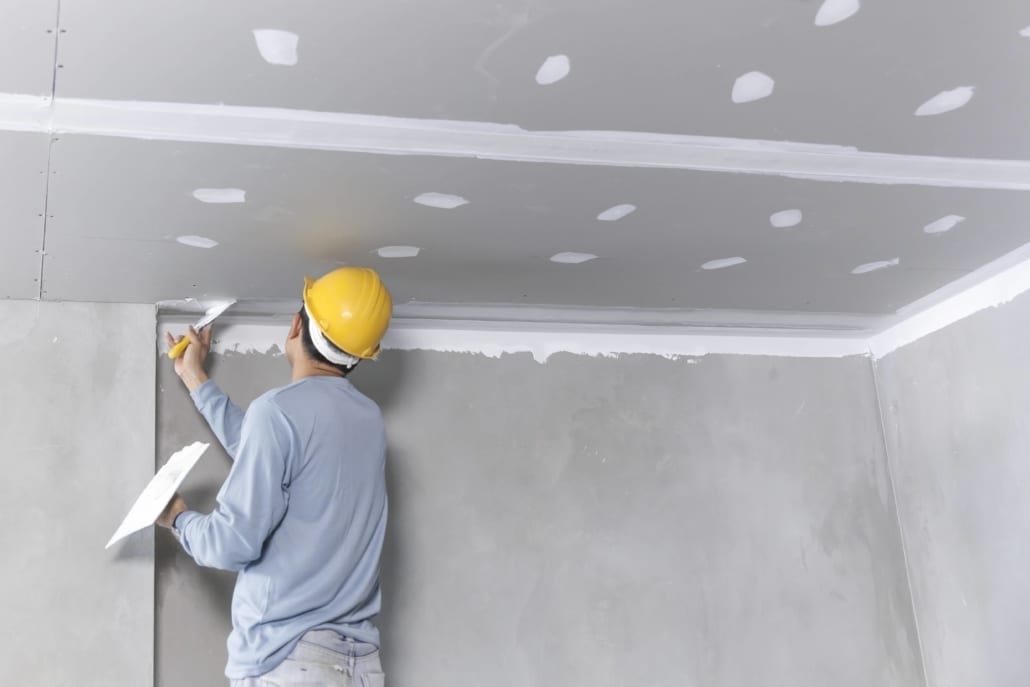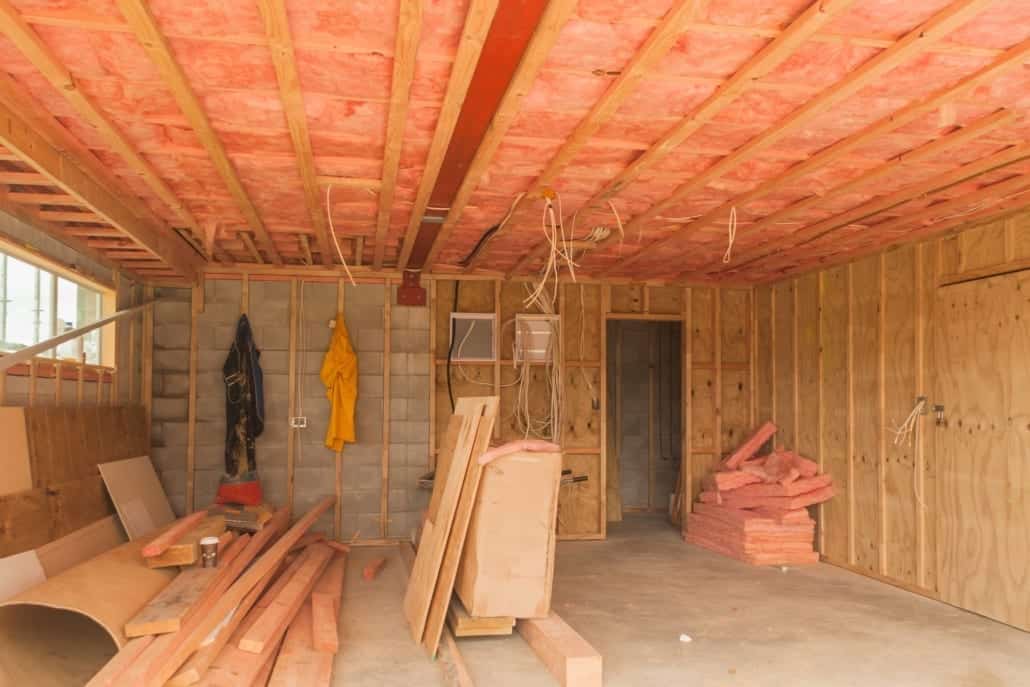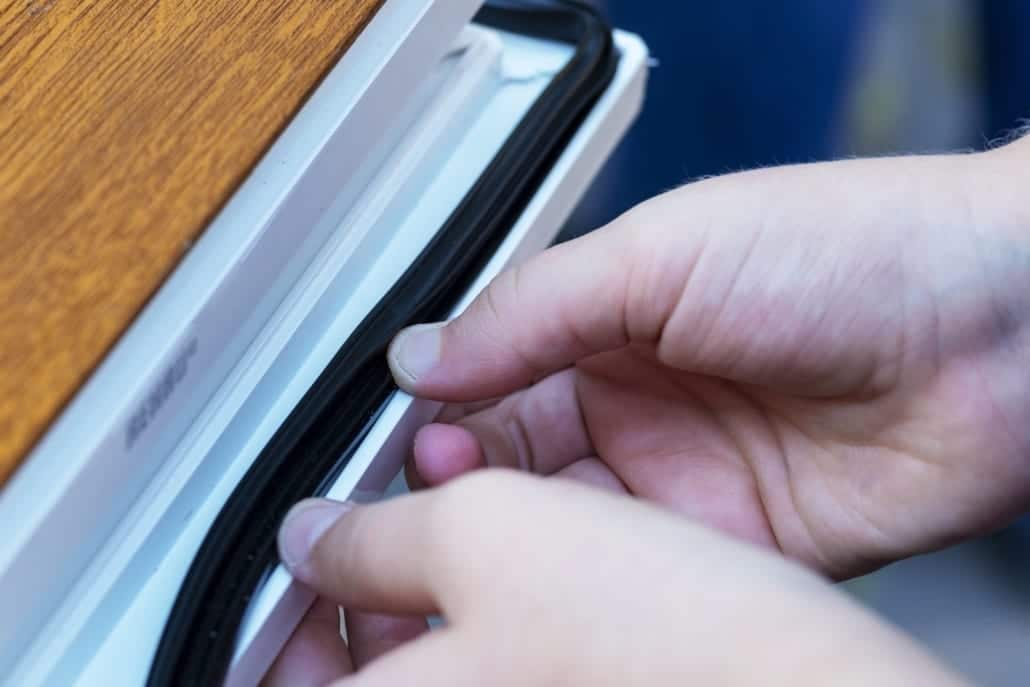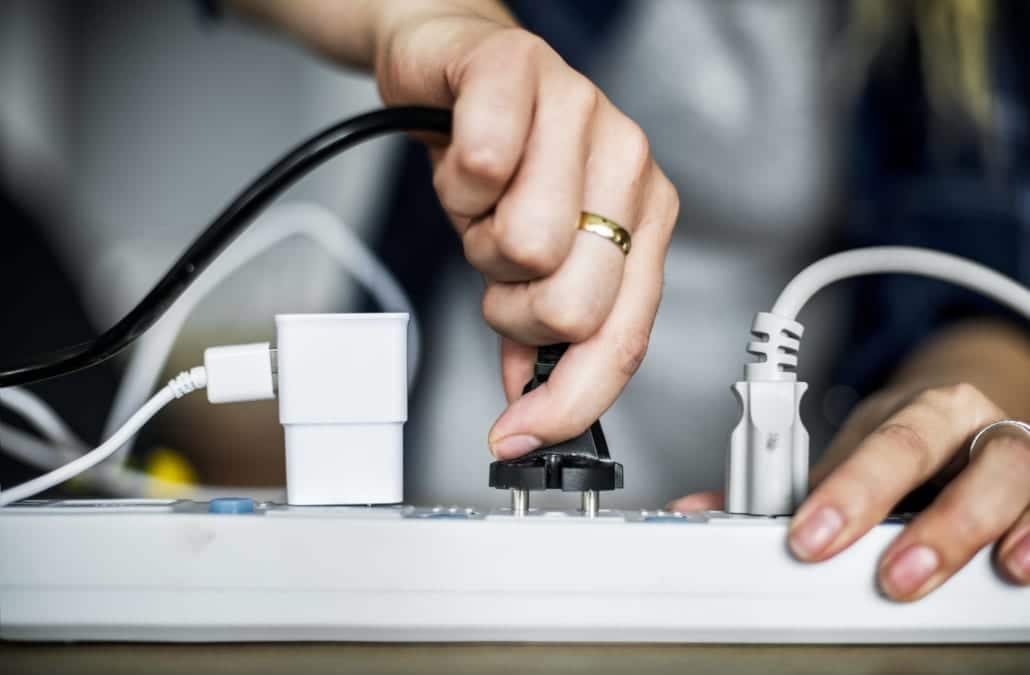Most residential homes rely on an HVAC, whether it is for the furnace in the winter or the air conditioner in the hotter summer months. Of course, we always want to find any issues with this in the opposite season, but it doesn’t ever seem to work that way does it?
An HVAC system should last 10-15 years and can with proper maintenance. However, as with anything, parts can malfunction. One of the main parts of an HVAC is the blower motor and there are symptoms when it is bad. What are the bad blower motor symptoms in HVAC? Weak or no air flow, higher than usual electric bill, strange sounds, and overheating.
Let’s take a look at why you need to know about the symptoms of a bad blower motor in HVAC, what the symptoms are, replacing a bad motor blower, cost, maintenance, spring maintenance around the home, and when to contact a professional.
Why You Need to Know About Bad Blower Motor Symptoms in HVAC
The blower motor blows conditioned air through vents in the home. The air conditioner circulates the cool air through the home to the temperature on the thermostat. This is done by spinning the air and it moves through the vents and ducts in the home. As the HVAC system ages, so does the blower motor. If you have to replace the blower motor, check the year of the AC unit to see if you need to replace the whole system instead.
Two Types of Blower Motors
- Single Speed- goes at one speed and full capacity
- Variable speed– operates at a low or high speed and creates an even temperature throughout the home.
Bad Motor Blower Symptoms in HVAC
Vents Have Weak Air Flow
Weak airflow means that the motor is having a hard time pushing the air through the vents. This can be due to a number of reasons:
- Dirt and dust buildup – see if you can clean the dirt off the fan and install a good air filter. If not, contact a professional
- Excessive moisture- call an HVAC technician to see if it can be dried out and fixed
- Bad capacitor – call an HVAC technician to fix it
- Aging motor – HVACs last about 10-15 years so if the motor is in that range and not working, it may be time to replace the unit
- Ducts that are dirty or leaky
- Clogged filter – a filter should be replaced every 3 months or sometimes before that in a home that has dust and pets
It is important that the blower motor is functioning properly. If it is not, then the indoor coil could freeze over because there is no air pushes across the coil.
No Air Flow
No air flow can be due to several issues: Bad battery, fan control problem, bad relay, or a thermostat that isn’t working. Unfortunately, this is often a bad sign and a replacement may be in your future.
Higher Than Usual Electric Bill is One of the Bad Blower Motor Symptoms in HVAC
This can be due to a few things such as a dirty and aging blower motor. If this is the problem, it has to work harder to get the air to circulate, thus increasing the electric bill.
Have a single speed motor? You may want to think about replacing it with a variable speed motor. This will allow the motor to operate at the speed it needs to in order to cool the home and reach the temperature set on the thermostat. It does not have to work as hard as a single speed motor and can shut off when it has done its job.
Strange Sounds
These sounds are a reason to call a professional as different sounds mean different things.
For example: screeching and squaeling may mean that there is problems with a belt or damage to the bearing. The good news is a professional can probably replace the belt or lubricate the bearings.
Rattling or banging sounds? These sounds may signify that there is a loose or broken part. If you have any sounds, you should turn off the system until you have spoken to a professional.
Overheating
Overheating may happen if there is a build up of dirt and grime around the blower motor. It can also happen if the blower motor is old and worn out. Definitely turn off the unit if you smell a burning smell and call a professional right away.
Here is a video about the blower motor:
Replacing a Bad Blower Motor
When the professional visits your home, he/she will decide if the blower motor can be repaired or if it needs to be replaced. If the professional decides that you need to replace the blower motor, the good news is there are replacements that are cost effective.
The professional is trained to find out: The diameter of the motor, type of drives, rotation direction, voltage, speeds, size of the capacitor, and horsepower. The professional can give you a quote and ensure it is replaced with the correct motor.
Cost to Replace a Blower Motor
When the blower motor can be fixed instead of replaced, you will save a lot of money. A replacement ranges from $500 to $1500 depending on the size of the unit and where you live.

Maintenance of the HVAC Unit
There are various things you can do for maintenance of the HVAC unit.
- Change the air filter every 30-90 days. If the HVAC serves as the air conditioner unit and the furnace, there is one filter.
- Make sure there is enough refrigerant. If you hear a hissing or blowing sound, then you know it is low.
- Check for cracks in the drain pan.
- Keep the condensate line clear and unclogged by pouring 1/3 cup of vinegar down the drain every 3 months.
All of the things above that malfunction may have water leaking from the air handler. If you do see water leaking, you can fix them or contact a professional. Leaking water can also be an unsolved water issue or that the unit may just be sweating.

Spring Maintenance and Other Maintenance
The spring is the perfect time of the year for maintenance for the following:
- First, pick up debris around the HVAC unit and make sure there are no plants or weeds growing near or into the unit. Doing this several times a year will help.
- Clean the condensing unit and the condensation line
- Adjust the thermostat- cool in summer, and warm in winter
- Keep the attic cool and air flowing easily by cleaning the ductwork
- Take a look at the water heater and make sure that it is working well by flushing it.
- Finally, replace weatherstripping in the doors and windows to make sure the air is staying inside the home in the warmer months and the heat in the colder months.
When to Call a Professional
Call a professional if you are having any issue with the air from the HVAC, electric bill is higher, there are strange sounds, or there is overheating. HVAC’s are difficult for a homeowner to fix so call a professional for a diagnosis and estimate of repair or replacement.
Conclusion
Maintenance is necessary on many units or fixtures in our home. It is important to keep an eye on the HVAC unit as we rely on it for the furnace in the winter and the air conditioner in the summer. Home Inspection Geeks will take a look at your HVAC unit during a home inspection in the Chicago area.





